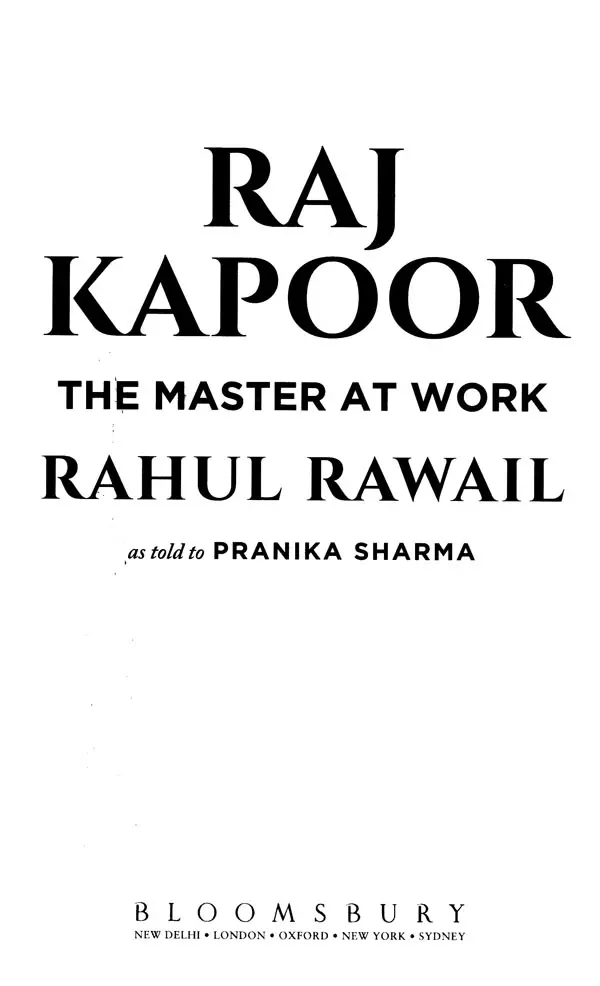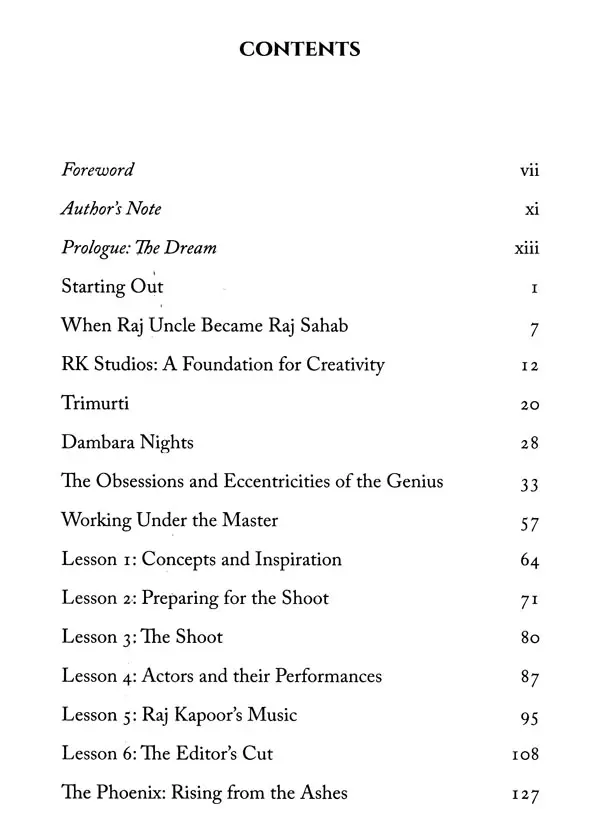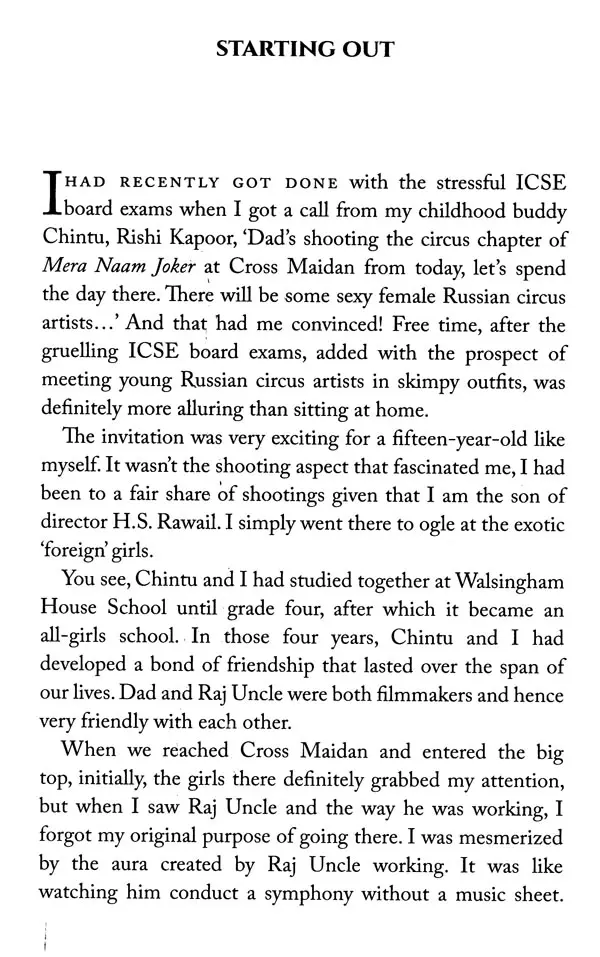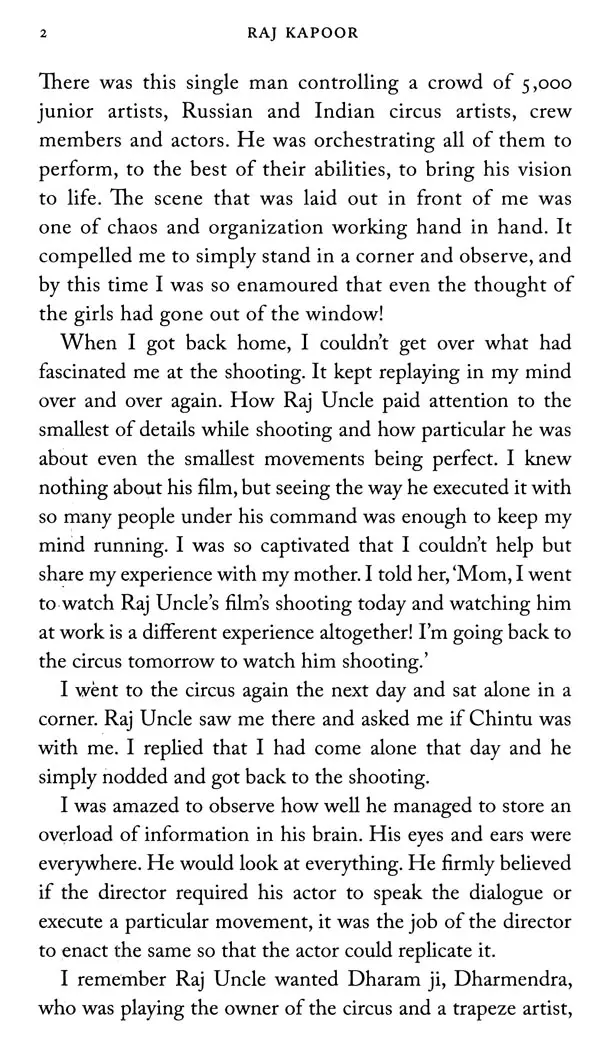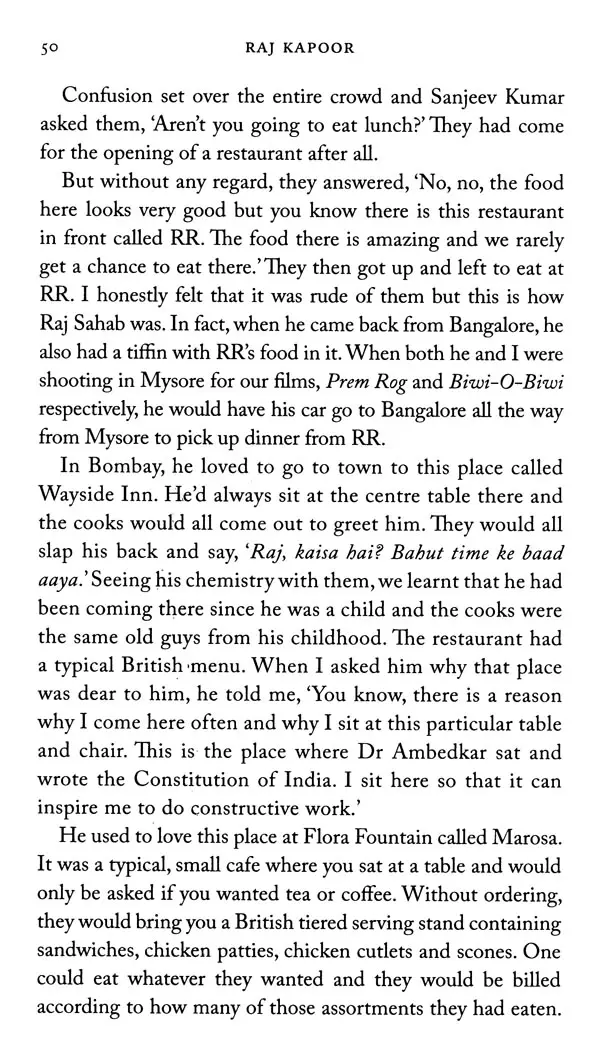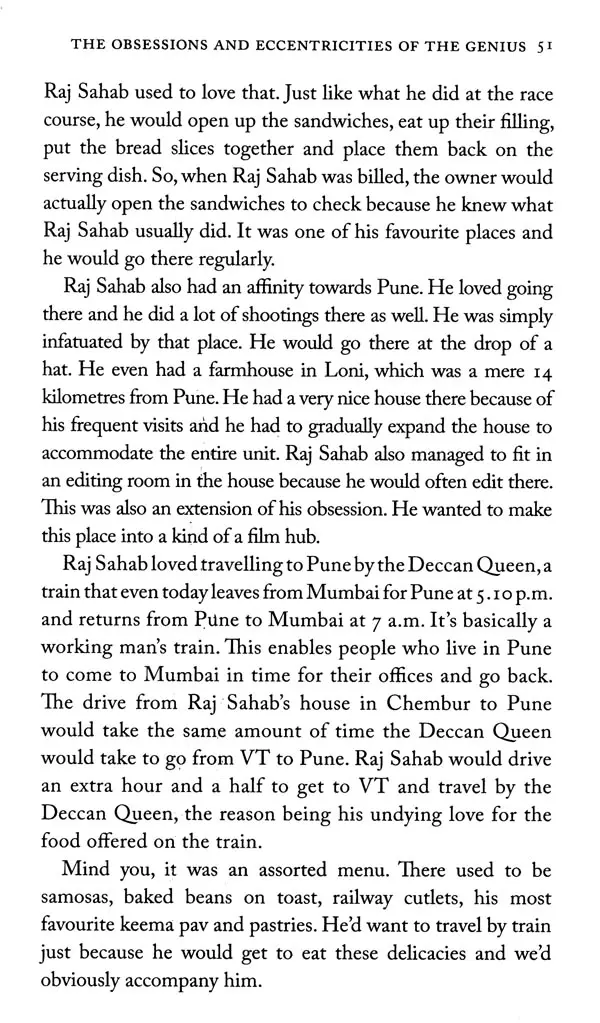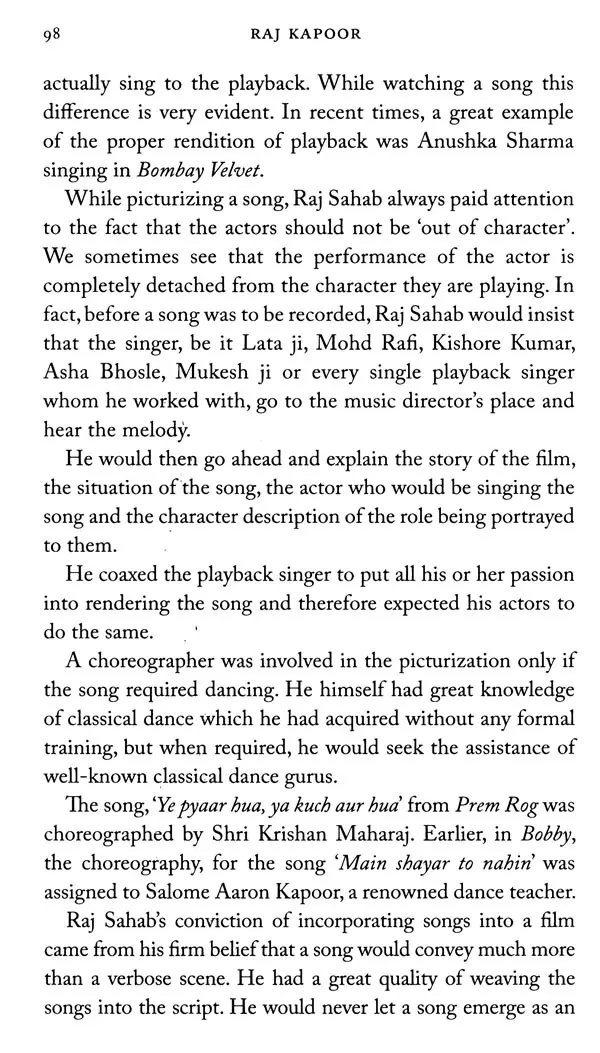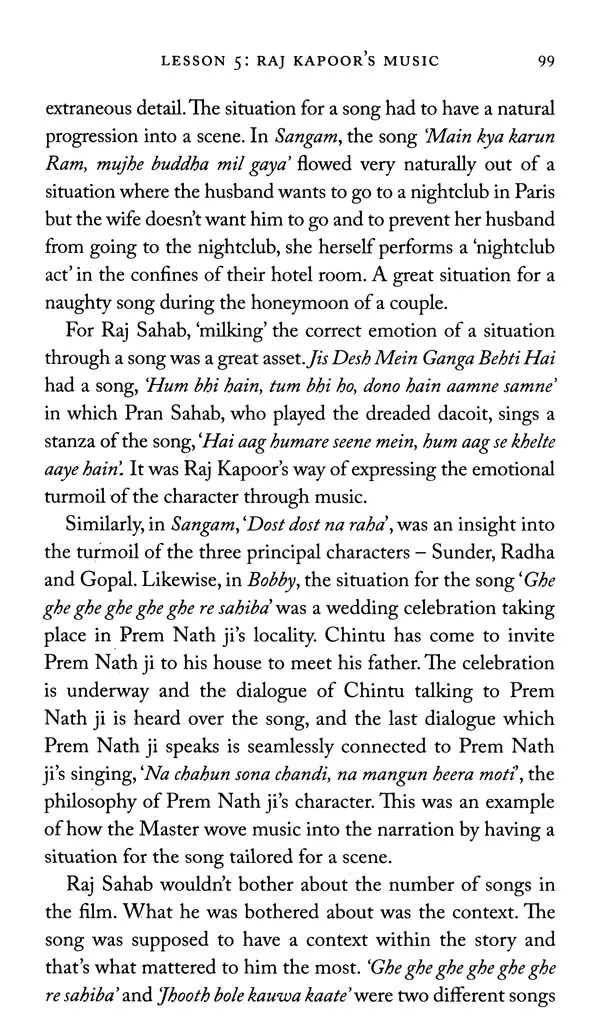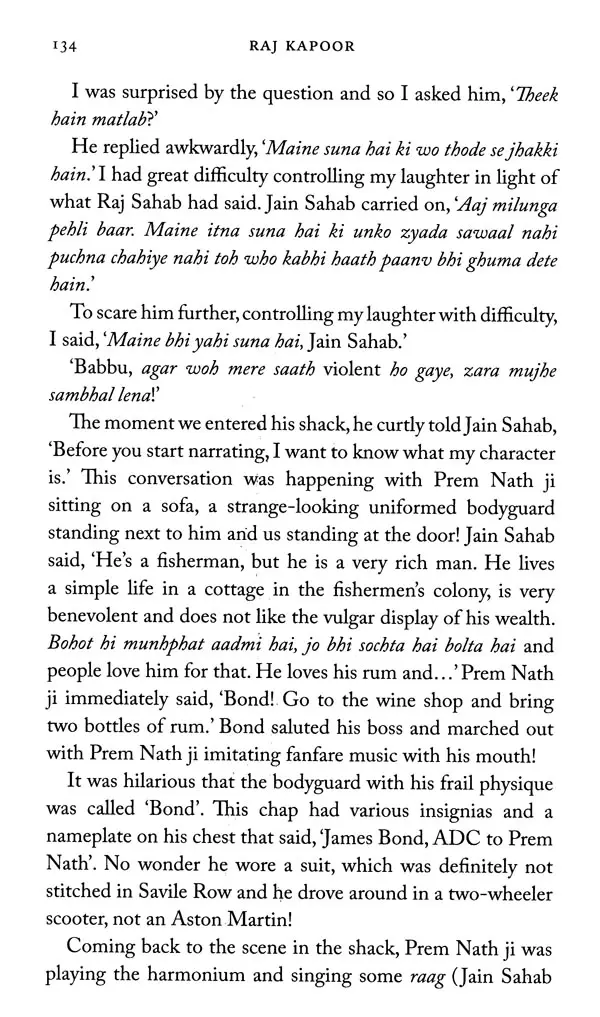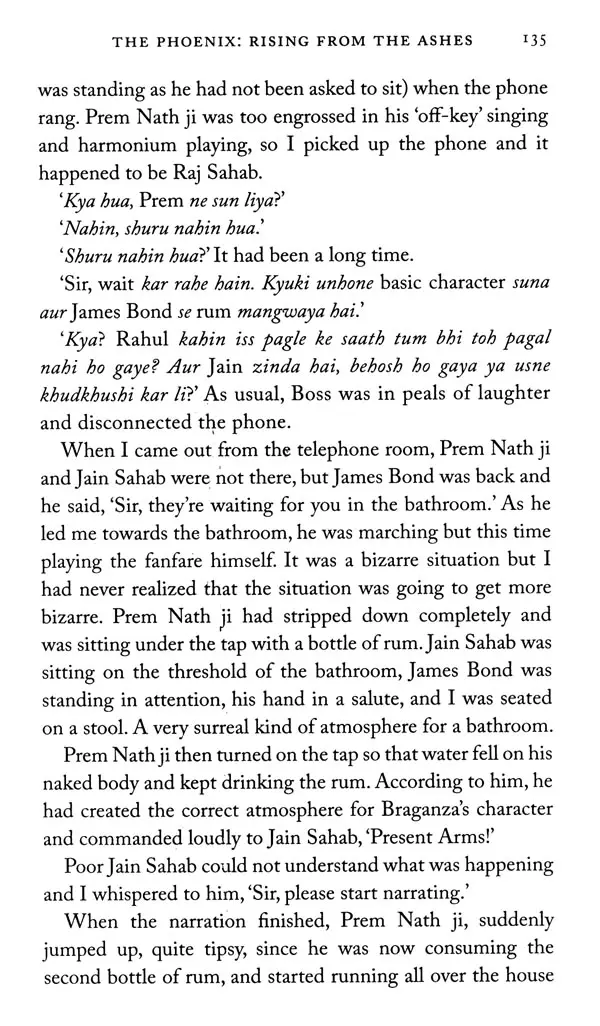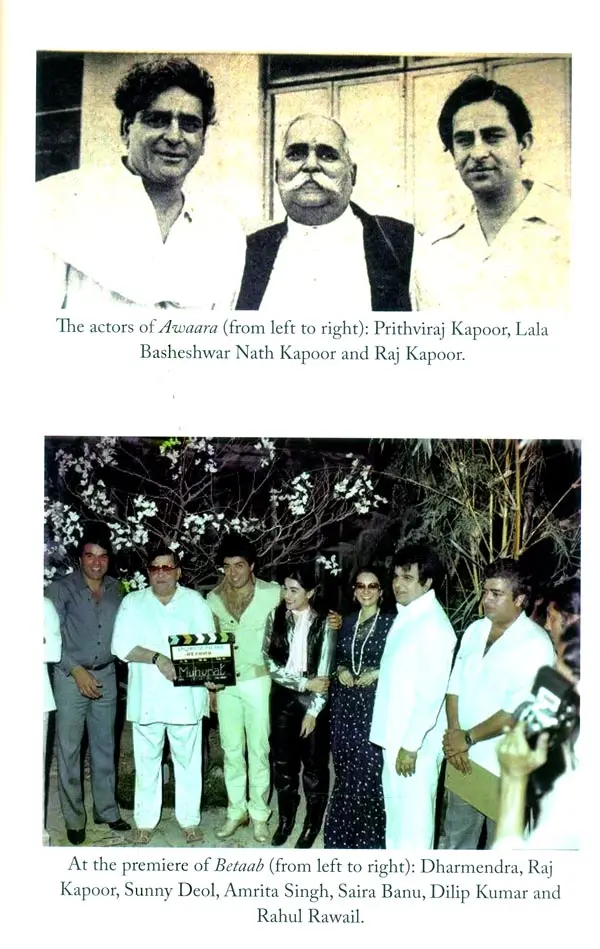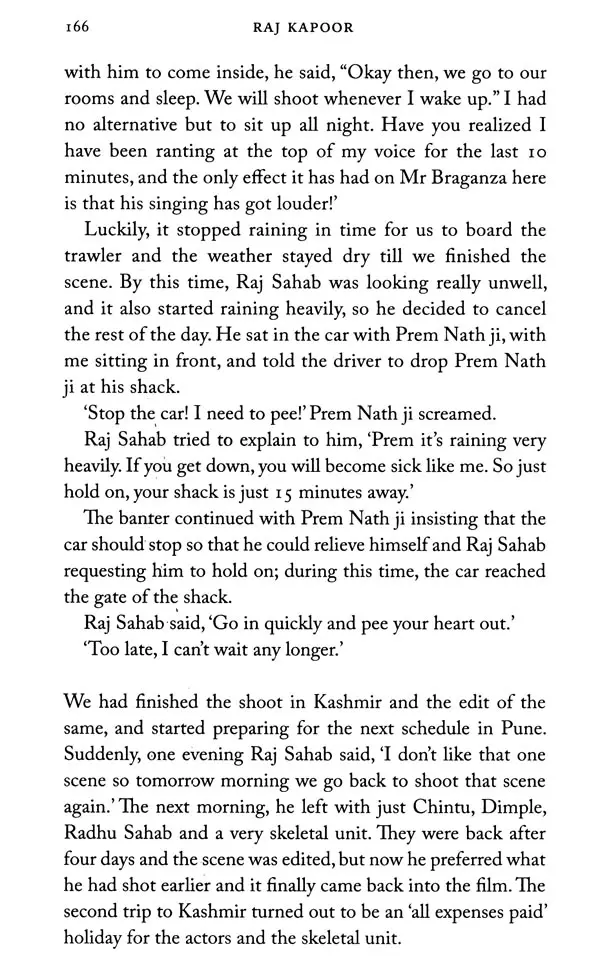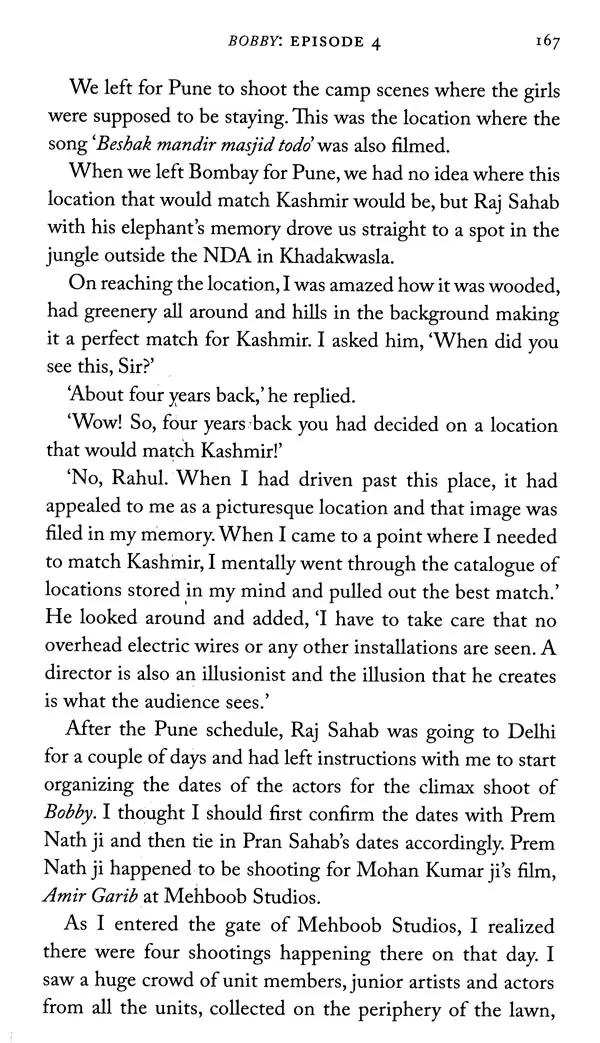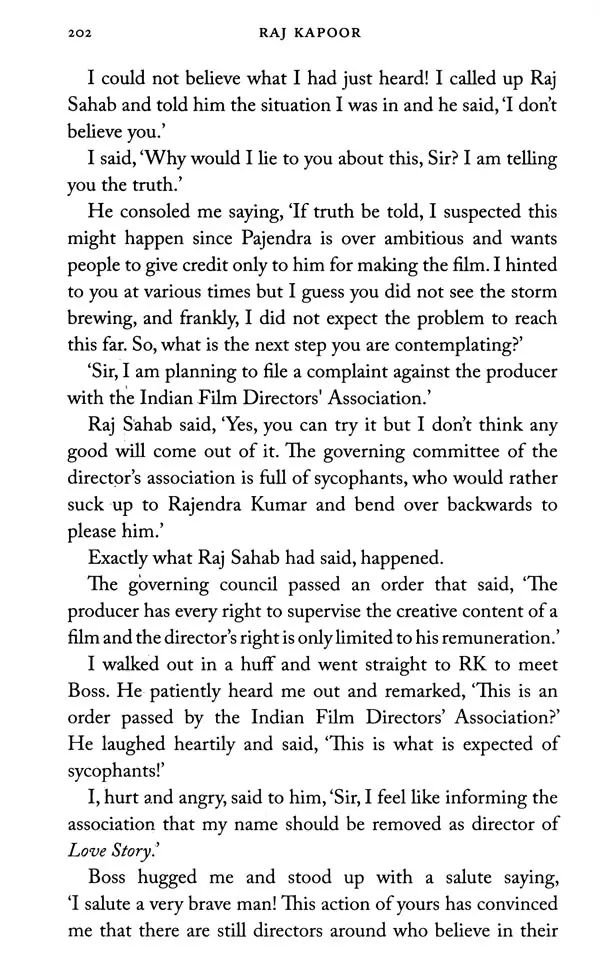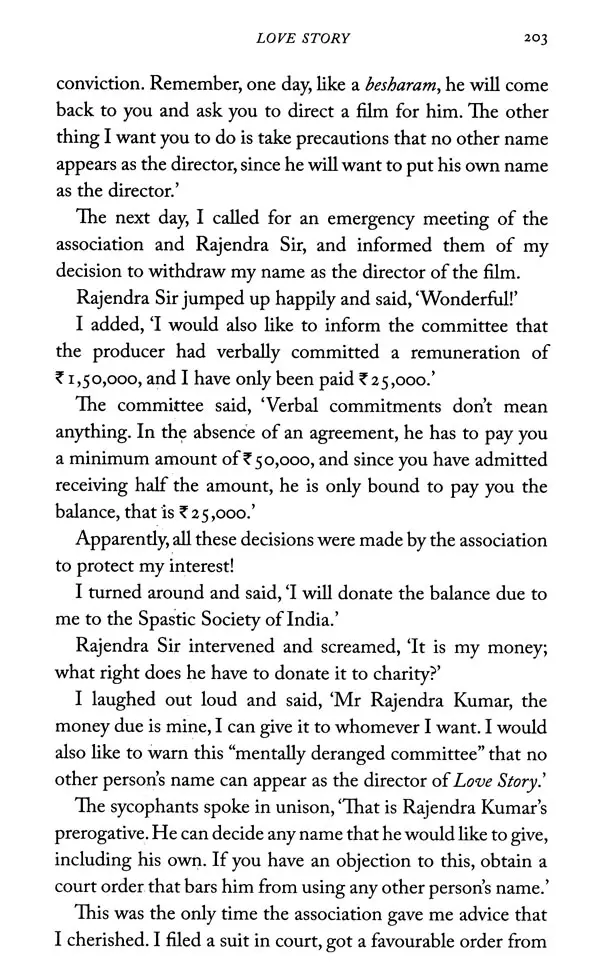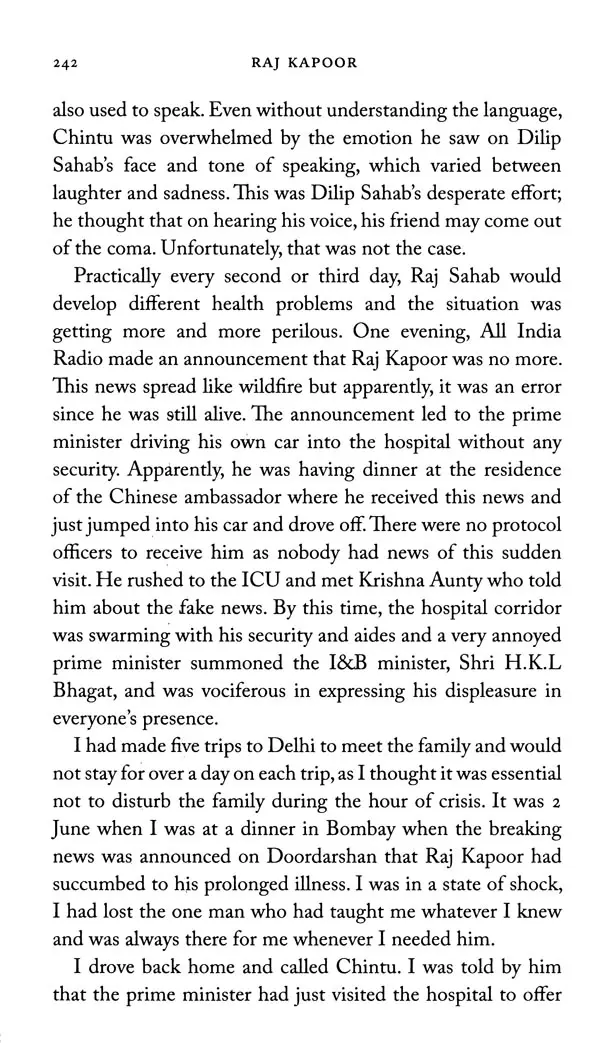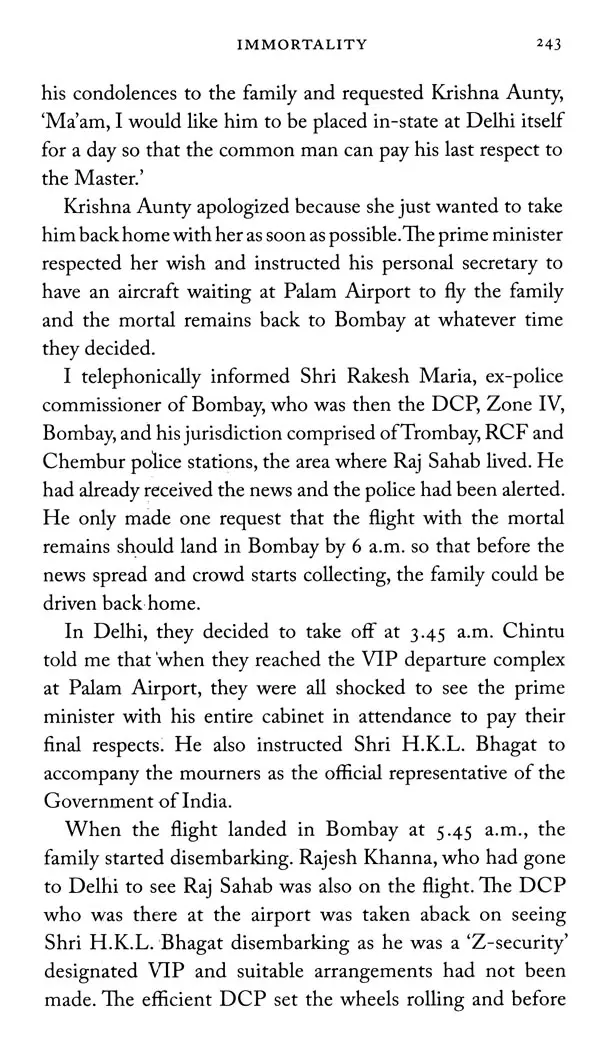
Raj Kapoor- The Master At Work
Book Specification
| Item Code: | UAF048 |
| Author: | Rahul Rawail and Pranika Sharma |
| Publisher: | Bloomsbury Publishing India Pvt. Ltd |
| Language: | English |
| Edition: | 2021 |
| ISBN: | 9789388630160 |
| Pages: | 260 (Throughout B/w and Color Illustrations) |
| Cover: | HARDCOVER |
| Other Details | 9.50 X 6.50 inch |
| Weight | 440 gm |
Book Description
The book also examines how the lessons he learnt under the tutelage of Raj Kapoor carried Rahul Rawail through directing his own blockbuster films including Love Story, Betaab, Arjun and Dacait.
Raj Kapoor: The Master at ·Work offers unique insights into what it took for Raj Kapoor to be an exceptional filmmaker, with his understanding of human emotions, virtu s of music and the art of visual storytelling. Within these pages, one sees behind the enigma who lived and breathed cinema, in his before-seen role as a teacher, mentor, parent and guru.
He has also launched the careers of a few Bollywood actors like Kumar Gaurav and Vijeta Pandit in Love Story, Sunny Deol and Amrita Singh in Betaab, Paresh Rawal inA7jun (1985), Kajol in Bekhudi (1992) and Aishwarya Rai in Aur Pyaar Ho Gaya (1997).
PRANIKA SHARMA started her journey into the world of publishing with a bachelor's in English Literature. She worked in journalism and mass media before going to the UK to complete her master's in Creative Writing. Currently, she is the co-founder of Saga Fiction, a mobile reading app.
You see, making films is not a science, it is intuitive; it is a creative art that comes from within. Sure, there is some science involved, but unless it comes from the heart, it does not make a good film. Mechanically, anyone can write a film, but there are very few people who have the right passion and zeal to bring these stories to life. This was the first lesson my father taught me.
I still remember the day he narrated the story of Prem Rog. He had told me that this would be a poignant love story but the story that he narrated was of a young widow and the relationship between her and the patriarch of her marital family, the elder brother of her father-in-law. This story did not have a role for the hero, so where was the love story? I asked. He laughed and said, 'How can there be a love story without a hero? Who toh aajayega, film toh banne do.' As it happened, the hero did arrive and the film turned out to be a memorable love story. That's how he made his films. Everything was plotted out in his mind and this was his way of working.
Raj Kapoor had his own brand of filmmaking. His thoughts about the film he was making were translated by him into celluloid. He worked on any film with complete conviction and the credit for a hit film or a flop film was his completely, and he took all feedback very gracefully and never had regrets if his film flopped. 'I accept responsibility for a film's success or failure. A film fails because of errors of the director.'
His ideas were always ahead of his time and his films reflected that. Mera Naam Joker was one such example-it was a major flop when it released but, with time and people understanding what the film was about, it is now recognized as one of Raj Kapoor's most appreciated films and a major profit point in my organization.
My misfortune' was that I only got to observe Raj Kapoor, the director, but never work with him. Rahul, on the other hand, was not only fortunate to have worked with him but also become his favorite assistant. He took his work very seriously and followed Raj Kapoor to a tee. He had imbibed a lot of my father's way of working in him and translated those in his own ways in his films. I am so glad that this book bares open the creativity, eccentricities, obsessions and techniques of Raj Kapoor, and will lead people to know that my father was a man who lived for cinema and worked relentlessly to bring his visions to life.
Book's Contents and Sample Pages
